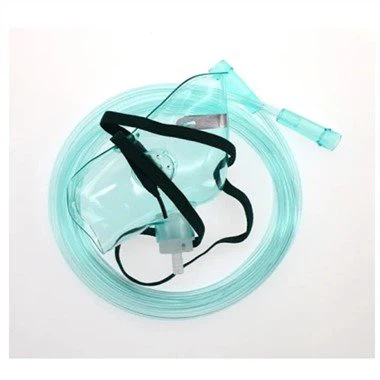How Big Do Syringes Get?
Jan 09, 2024
Introduction
Syringes have been used for medical purposes for centuries. They are an essential tool for delivering medications and vaccines, and have played a critical role in human healthcare. However, many people are not aware of the range of sizes and types of syringes available. In this article, we will explore the question "How big do syringes get?" and delve into the various types and uses of syringes.
Types of Syringes
There are several types of syringes available, each with its specific use. These include:
1. Standard Hypodermic Syringe: These are the most commonly used syringes and are used to inject medication directly into the bloodstream.
2. Insulin Syringe: These syringes are specifically designed for injecting insulin into the body. They are thinner and shorter than standard hypodermic syringes.
3. Tuberculin Syringe: These syringes are used to inject small amounts of medication or perform allergy testing.
4. Monoject Syringe: These syringes are designed for single-use and are commonly used in hospitals and other medical settings.
5. Luer Lock Syringe: These syringes feature a screw-on tip that ensures the needle is securely attached to the syringe, making it safer to use.
Sizes of Syringes
Syringes come in a range of sizes, with the size determined by the volume of medication they can hold. The most common sizes are:
1. 1 ml Syringe: This is the smallest syringe available and is commonly used for insulin injections.
2. 3 ml Syringe: This syringe is larger than the 1 ml syringe and is used for a variety of medications.
3. 5 ml Syringe: This syringe is used for larger volume injections, such as for vaccinating children.
4. 10 ml Syringe: This is a larger syringe used for injections that require a high volume of medication.
5. 20 ml Syringe: This is the largest standard syringe available and is typically used in hospitals and other medical settings.
Specialty Syringes
In addition to standard syringes, there are also specialty syringes available for specific purposes. These include:
1. Irrigation Syringes: These syringes are designed to flush out wounds and are commonly used in emergency departments.
2. Cartridge Syringes: These syringes are designed for use with pre-filled cartridges of medication.
3. Glass Syringes: These are syringes made of glass and are commonly used in research and laboratory settings.
4. Safety Syringes: These syringes are designed with safety features that prevent needlesticks and reduce the risk of infection.
Conclusion
In conclusion, syringes come in a variety of sizes and types, each with its specific use. While the most common syringes are those used for injecting medications directly into the bloodstream, there are also specialty syringes available for specific purposes. It is important to use the correct type and size of syringe for each situation to ensure the best possible outcomes for patients. As technology continues to advance, we can expect to see even more specialized and advanced syringes in the future.







